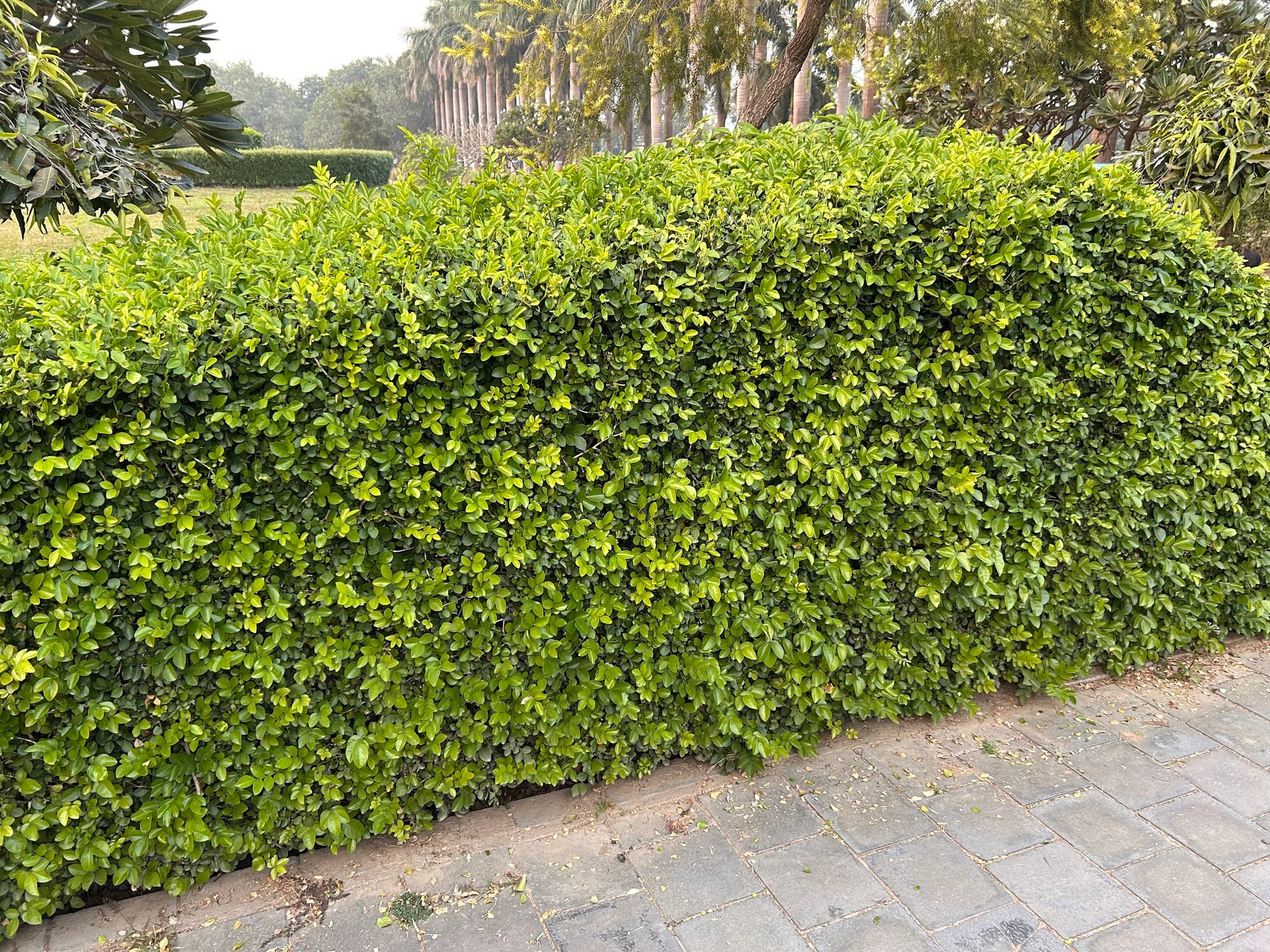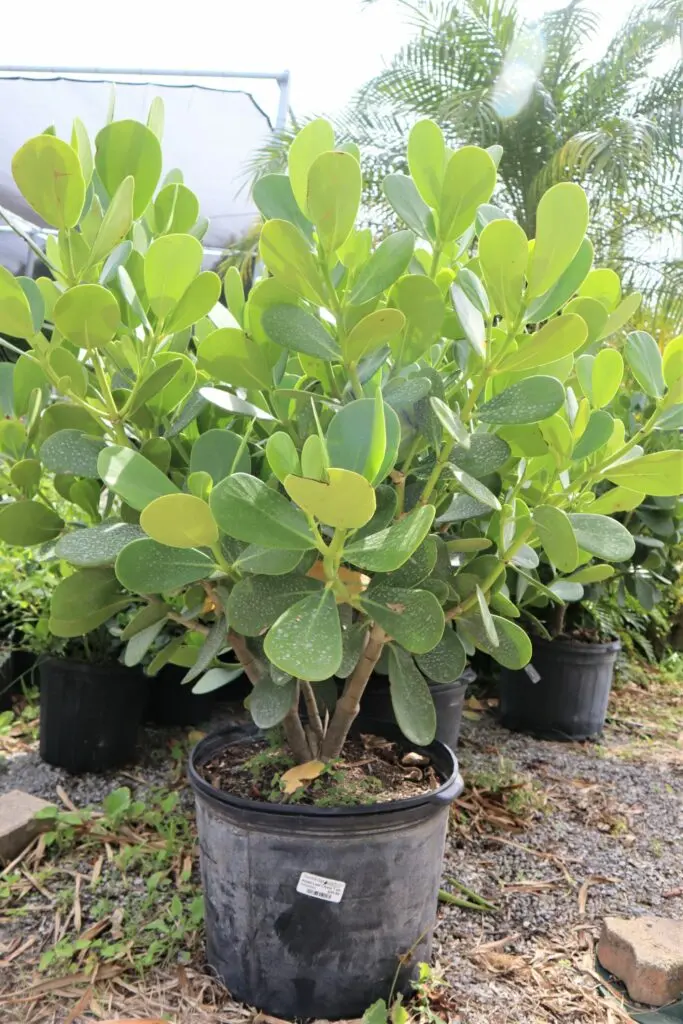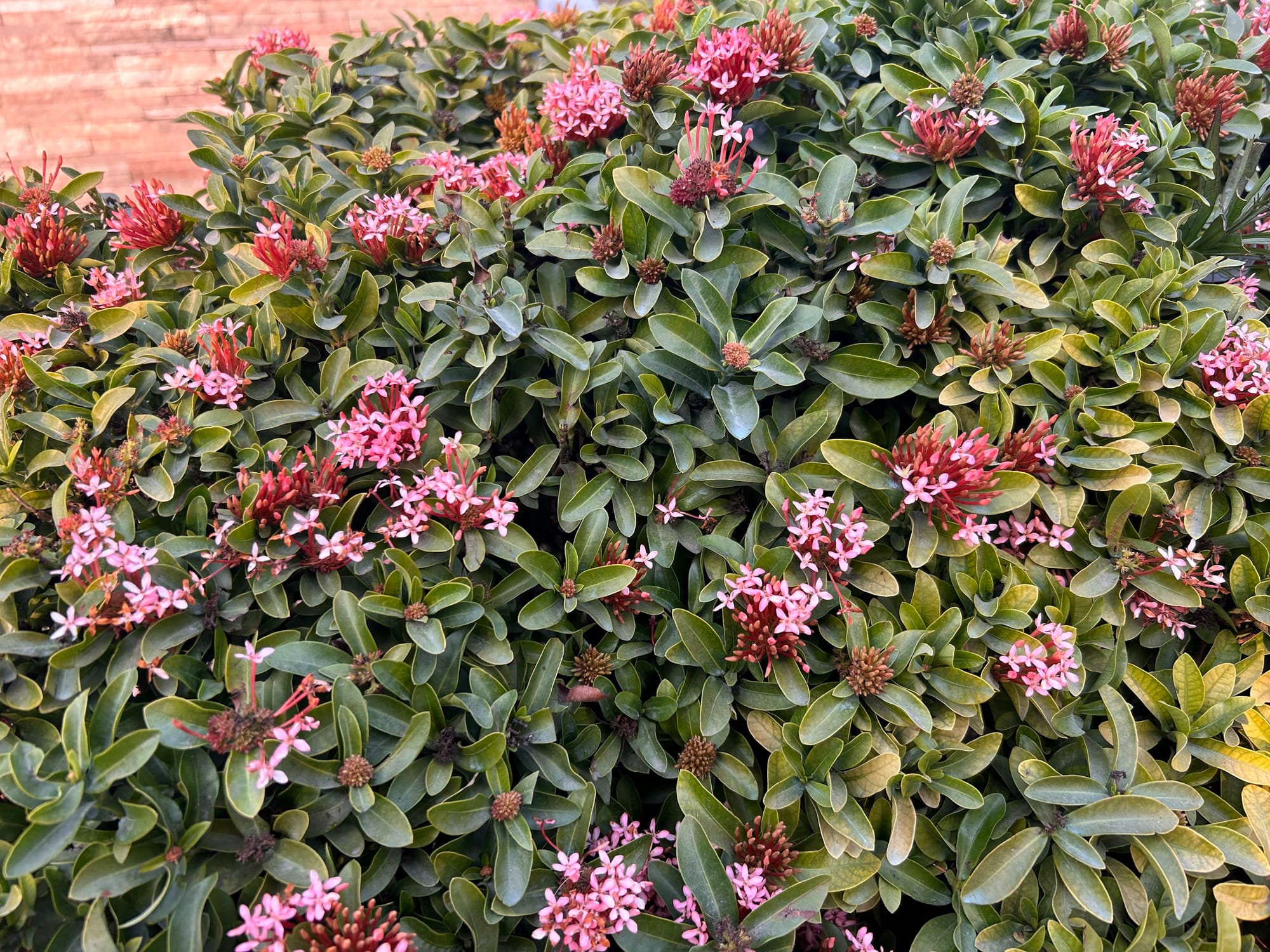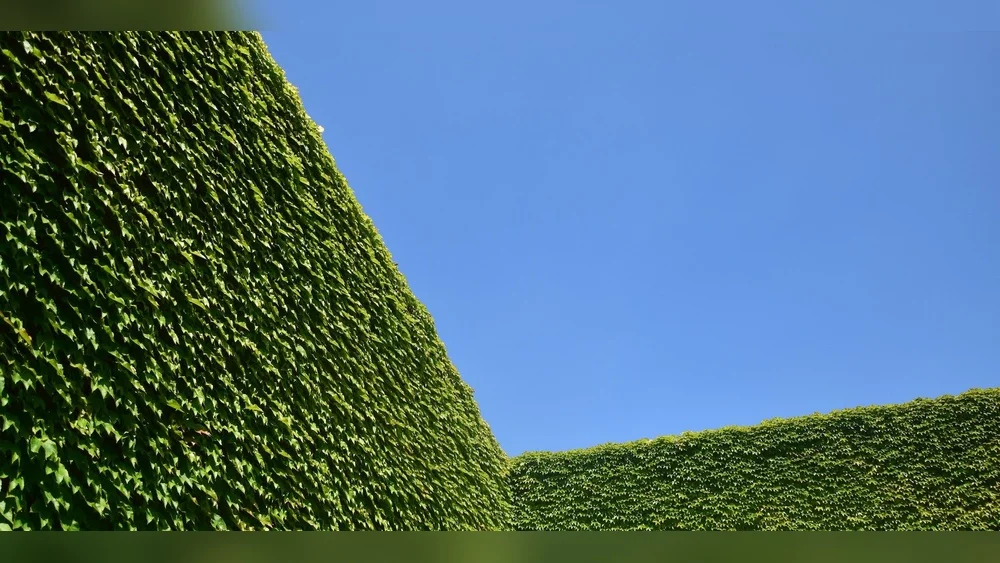Looking to create the perfect green barrier around your South Florida home? Choosing the right hedge plants can transform your outdoor space into a private, lush oasis without endless upkeep.
Whether you want to block nosy neighbors, add natural beauty, or boost your curb appeal, the best South Florida hedge plants combine durability, fast growth, and stunning looks. You’ll discover which shrubs thrive in the local climate, require minimal care, and provide year-round privacy.
Keep reading, and you’ll find the ideal plants to make your landscape both inviting and secure.
Top Hedge Plants For South Florida
Choosing the right hedge plants for South Florida enhances your garden’s beauty and privacy. The climate here is warm and humid, so plants must handle heat and occasional storms. The best hedge plants thrive in this environment and stay healthy year-round. This guide covers top evergreen, flowering, and native shrubs perfect for South Florida landscapes.
Evergreen Choices
Evergreen hedges keep your garden green all year. They provide consistent privacy and a neat look. One popular choice is the Waxleaf Privet. It grows fast and tolerates heat well. Another excellent option is the Podocarpus, which offers a dense, dark green screen. These plants need regular trimming to keep their shape. Evergreen hedges also attract birds and add structure to your yard.
Flowering Shrubs
Flowering shrubs bring color and life to any hedge. The Hibiscus is a favorite for South Florida with large, bright blooms. It grows well in full sun and adds a tropical feel. Another great flowering shrub is the Oleander. It blooms in many colors and is drought-tolerant. These shrubs offer beauty and privacy but need occasional pruning to bloom best.
Native Shrubs
Native shrubs suit South Florida’s environment naturally. They need less water and care than non-native plants. The Simpson’s stopper is a native shrub with small, white flowers and attracts butterflies. Another good native hedge is the Coontie palm, which is low-growing and evergreen. Using native plants helps support local wildlife and keeps your garden eco-friendly.
Arborvitae For Privacy
Arborvitae is a popular choice for privacy hedges in South Florida. Its dense foliage creates an effective green barrier. This evergreen plant grows tall and narrow, perfect for tight spaces. Arborvitae provides year-round privacy without taking too much space in your yard.
Growth And Shape
Arborvitae grows upright in a conical shape. It can reach heights of 10 to 15 feet. The narrow form fits well along fences or property lines. Foliage is thick and lush, blocking views easily. Growth is steady but not too fast, allowing easy control.
Maintenance Tips
Trim Arborvitae once or twice a year to keep shape. Remove dead or damaged branches promptly. Water regularly during dry spells, especially the first year. Mulch around the base to retain moisture. Avoid overwatering to prevent root rot.
Ideal Conditions
Arborvitae prefers full sun to partial shade. It thrives in well-drained soil. South Florida’s warm climate suits this plant well. Protect young plants from strong winds. Plant in an area with good air circulation to prevent disease.
Low-maintenance Hedge Options
Choosing low-maintenance hedge plants saves time and effort in your South Florida garden. These plants thrive with minimal care and provide lasting beauty. They suit busy homeowners who want neat, green borders without constant upkeep.
Low-maintenance hedges tolerate heat, humidity, and occasional dry spells. Their natural growth habits reduce the need for frequent pruning. These plants also resist pests and diseases common in South Florida’s climate.
Boxwood Benefits
Boxwood is a popular evergreen shrub for formal hedges. It grows slowly, which means fewer trims are needed. Its dense leaves create a neat, uniform look. This plant handles South Florida heat well if placed in partial shade. Boxwood adapts easily to different soil types. It also recovers quickly from any damage.
American Arborvitae Features
American Arborvitae grows fast and tall, making it ideal for privacy screens. It stays green year-round, adding color to your yard in winter. This evergreen withstands heat and humidity. It needs little pruning to keep its shape. Arborvitae prefers full sun and moist soil. It also attracts birds, adding life to your garden.
Yew Characteristics
Yew is a dense, slow-growing evergreen shrub. It has dark green needles that stay fresh all year. Yew tolerates shade and sun, fitting various yard spots. It requires little watering once established. This plant is perfect for formal hedges or natural borders. Yew also resists common pests and diseases well.
Hydrangea Appeal
Hydrangeas bring color and texture to any hedge. Their large, showy blooms last through summer and fall. This shrub prefers partial shade in South Florida’s heat. Hydrangeas need minimal pruning to keep their shape. They also adapt well to different soils. These plants attract butterflies, enhancing your garden’s charm.

Credit: gardenvive.com
Fast-growing Evergreen Screens
Fast-growing evergreen screens offer quick privacy and year-round greenery. They create natural barriers that block noise and wind. These screens improve the look of your yard instantly. Choosing the right hedge plant helps maintain a beautiful landscape. South Florida’s climate suits many fast-growing evergreen plants. These plants stay green through all seasons.
Privet Varieties
Privet hedges grow quickly and form dense screens. They tolerate heat and humidity well. Privets have small, dark green leaves that stay vibrant all year. These plants are easy to shape and prune. They provide excellent privacy in a short time. Waxleaf privet is popular for its toughness and fast growth.
Sky Pencil Holly
Sky Pencil Holly grows tall and narrow, perfect for small spaces. It stays green all year and needs little trimming. Its slim shape makes it ideal for modern landscapes. This holly adds height without spreading wide. It tolerates South Florida heat and occasional drought. Its dark green leaves create a sleek, elegant look.
Carolina Cherry Laurel
Carolina Cherry Laurel grows fast and becomes a thick hedge. It has shiny, dark green leaves that look healthy year-round. This plant handles the South Florida sun well. It provides a tall screen for privacy and noise control. Its dense growth also attracts birds and wildlife. Pruning keeps it neat and encourages fuller growth.
Colorful And Natural Hedges
Colorful and natural hedges bring life and charm to South Florida gardens. They provide privacy while enhancing the landscape with vibrant hues. Choosing the right hedge plants adds texture and appeal to your outdoor space. These plants thrive in the warm climate and brighten your garden year-round.
Golden Ticket Privet
Golden Ticket Privet features bright yellow leaves that shimmer in sunlight. This plant grows quickly and forms a dense hedge. Its natural color adds warmth and cheer to any garden. It handles South Florida heat and humidity well. Minimal pruning keeps it neat and attractive.
Flowering Hydrangeas
Flowering Hydrangeas offer large, colorful blooms that change with the seasons. They come in shades of pink, blue, and white. These shrubs create a soft and natural hedge look. Hydrangeas prefer partial shade and moist soil. Their blossoms attract butterflies, adding life to your garden.
Waxleaf Privet
Waxleaf Privet is a popular choice for natural privacy screens. Its dark green leaves have a glossy finish that stays vibrant all year. This plant grows tall and thick, perfect for blocking views. It tolerates salt spray and drought, ideal for coastal areas. Regular trimming shapes it into tidy hedges.
Key Factors For Plant Selection
Choosing the right hedge plants for South Florida requires understanding key factors. These factors help ensure your plants grow healthy and meet your landscape needs. Consider climate, care needs, and safety to pests and wildlife. These elements guide your selection for the best hedge plants.
Climate Compatibility
South Florida has a warm, humid climate with mild winters. Choose plants that thrive in heat and tolerate high humidity. Avoid plants sensitive to salt or sudden cold snaps. Native plants often adapt well to local weather. They need less water and resist diseases better. Check if the plant grows well in USDA zones 10-11, typical of South Florida.
Pruning Needs
Hedges need regular shaping to stay neat and healthy. Some plants require frequent pruning, while others grow well with little trimming. Choose plants with pruning needs that fit your schedule. Fast-growing plants may need more attention. Slow-growing species save time and effort. Pruning also helps control plant size and promotes denser growth for privacy.
Pest And Wildlife Safety
South Florida’s pests include insects, rodents, and larger animals. Select plants that resist common pests to reduce chemical use. Some plants attract beneficial insects that control pests naturally. Avoid plants harmful to local wildlife or pets. Using pest-resistant and safe plants protects your garden’s balance. Healthy plants also recover faster from pest damage.
Planting And Care Tips
Proper planting and care ensure your South Florida hedge plants thrive. Healthy soil, correct watering, and balanced fertilization build strong roots and lush growth. Follow these simple tips to keep your hedges green and dense throughout the year.
Soil Preparation
Start by testing the soil for pH and nutrients. Most South Florida hedges prefer slightly acidic to neutral soil. Remove weeds and loosen the soil to improve drainage. Mix organic compost into the planting area to enrich the soil. Well-prepared soil helps roots grow deep and absorb nutrients better.
Watering Guidelines
Water newly planted hedges deeply and regularly for the first few weeks. This encourages strong root development. After establishment, reduce watering to once or twice a week depending on rainfall. Avoid overwatering as it causes root rot. Early morning watering reduces evaporation and keeps leaves dry.
Fertilization Practices
Apply a balanced fertilizer suitable for hedges in early spring and late summer. Use slow-release formulas for steady nutrient supply. Follow package instructions to avoid overfeeding. Mulch around plants to retain moisture and improve soil fertility. Healthy feeding supports vibrant foliage and faster growth.

Credit: rockledgegardens.com
Design Ideas For Privacy Hedges
Creating privacy hedges in South Florida blends beauty with function. Privacy hedges block views and noise, making outdoor spaces more peaceful. Smart design choices enhance your garden’s look and feel while ensuring privacy. Use different styles, heights, and plant combinations for unique and effective screens.
Formal Vs Natural Styles
Formal hedges have clean, straight lines and even shapes. They look neat and polished. Boxwood and Arborvitae fit formal styles well. These plants grow uniformly and respond nicely to trimming.
Natural hedges have irregular shapes and softer edges. They blend well with wild or casual landscapes. Plants like Viburnum and Waxleaf Privet work great for natural hedges. They grow freely, creating a relaxed, natural barrier.
Layering And Height Variation
Layering hedges means planting shrubs at different depths. Taller plants go at the back, shorter ones in front. This adds depth and interest to your hedge.
Height variation breaks monotony and improves privacy. Mix tall and medium shrubs for a dense screen. Use fast-growing plants for quick coverage, and slower growers for long-term structure.
Combining Different Shrubs
Mixing shrub species adds color and texture to your hedge. Use evergreen plants for year-round privacy. Add flowering shrubs for seasonal beauty and scent.
Choose plants with similar water and sun needs to keep maintenance easy. Combine dense and airy plants to create light and shadow play. This makes your hedge more attractive and lively.

Credit: gardenvive.com
Frequently Asked Questions
What Is The Best Hedge For Privacy In South Florida?
The best hedge for privacy in South Florida is the Arborvitae. It grows tall, dense, evergreen, and requires low maintenance. Its uniform, lush foliage provides excellent privacy and adapts well to the South Florida climate. Arborvitae offers a natural, attractive privacy screen year-round.
What Is The Best Low Maintenance Hedge?
The best low maintenance hedge options include Boxwood, American Arborvitae, Yew, and Hydrangea. These plants require minimal pruning and offer dense, attractive coverage. They thrive in various climates and provide both privacy and aesthetic appeal with little upkeep.
What Is The Best Hedge For A Hot Climate?
The best hedge for hot climates is the Waxleaf Privet. It tolerates heat, drought, and grows dense for privacy. Other good options include Carolina Cherry Laurel and Dwarf Burning Bush. These plants thrive in warm conditions and require low maintenance.
What Plants Can Survive In The Heat In Florida?
Heat-tolerant plants in Florida include Hibiscus, Bougainvillea, Croton, Lantana, and Plumeria. These thrive in hot, humid conditions.
Conclusion
Choosing the right hedge plants can transform your South Florida garden. Select species that thrive in heat and humidity. Consider low-maintenance options to save time and effort. Evergreens like Arborvitae provide privacy year-round. Native shrubs support local wildlife and need less water.
Healthy hedges create beautiful, natural borders around your home. Remember, proper planting and care ensure strong growth. Enjoy a lush, green hedge that suits your style. Your garden will thank you with lasting beauty and shade.

